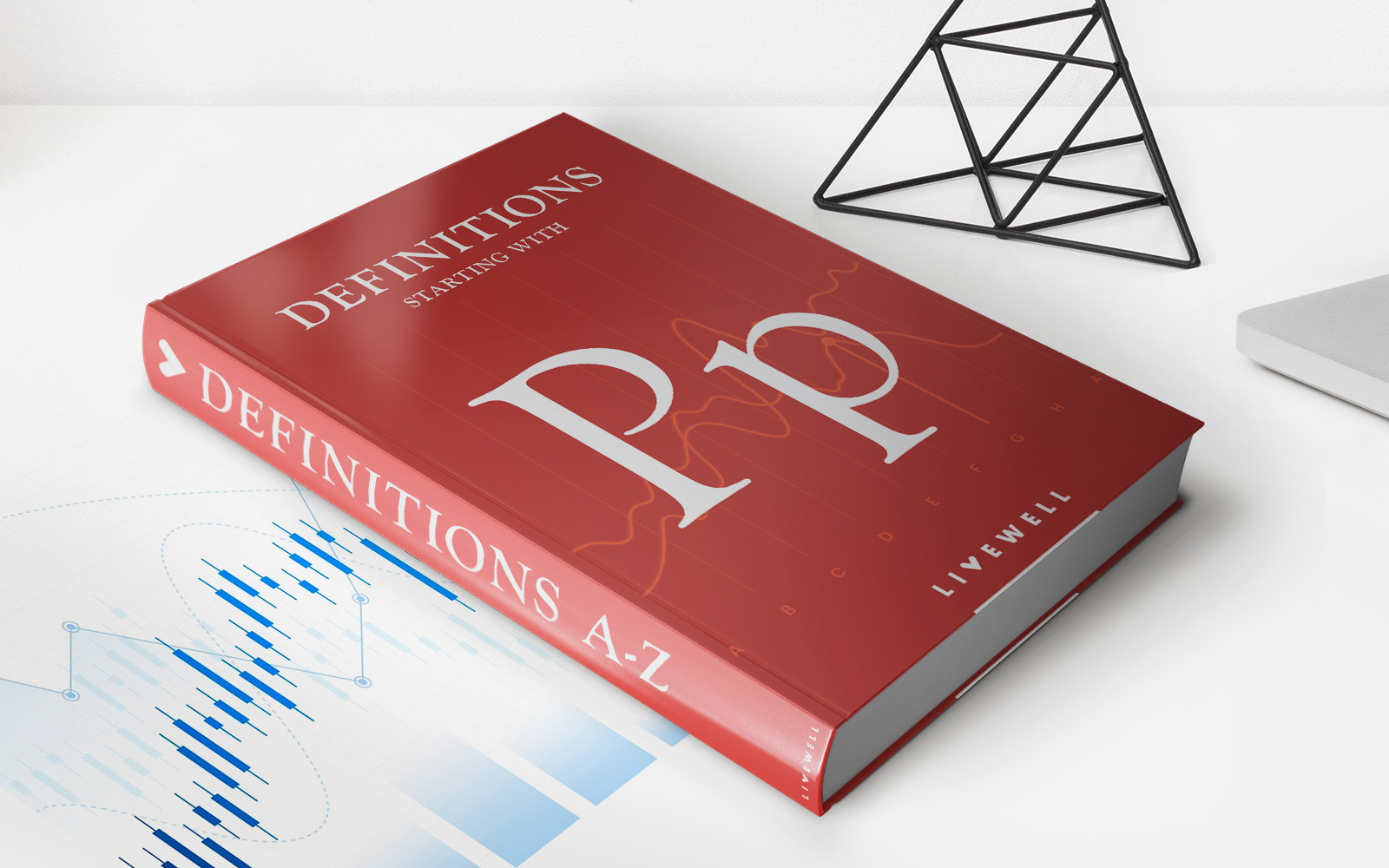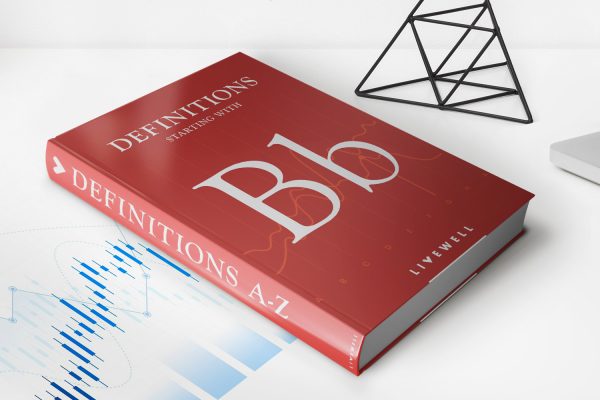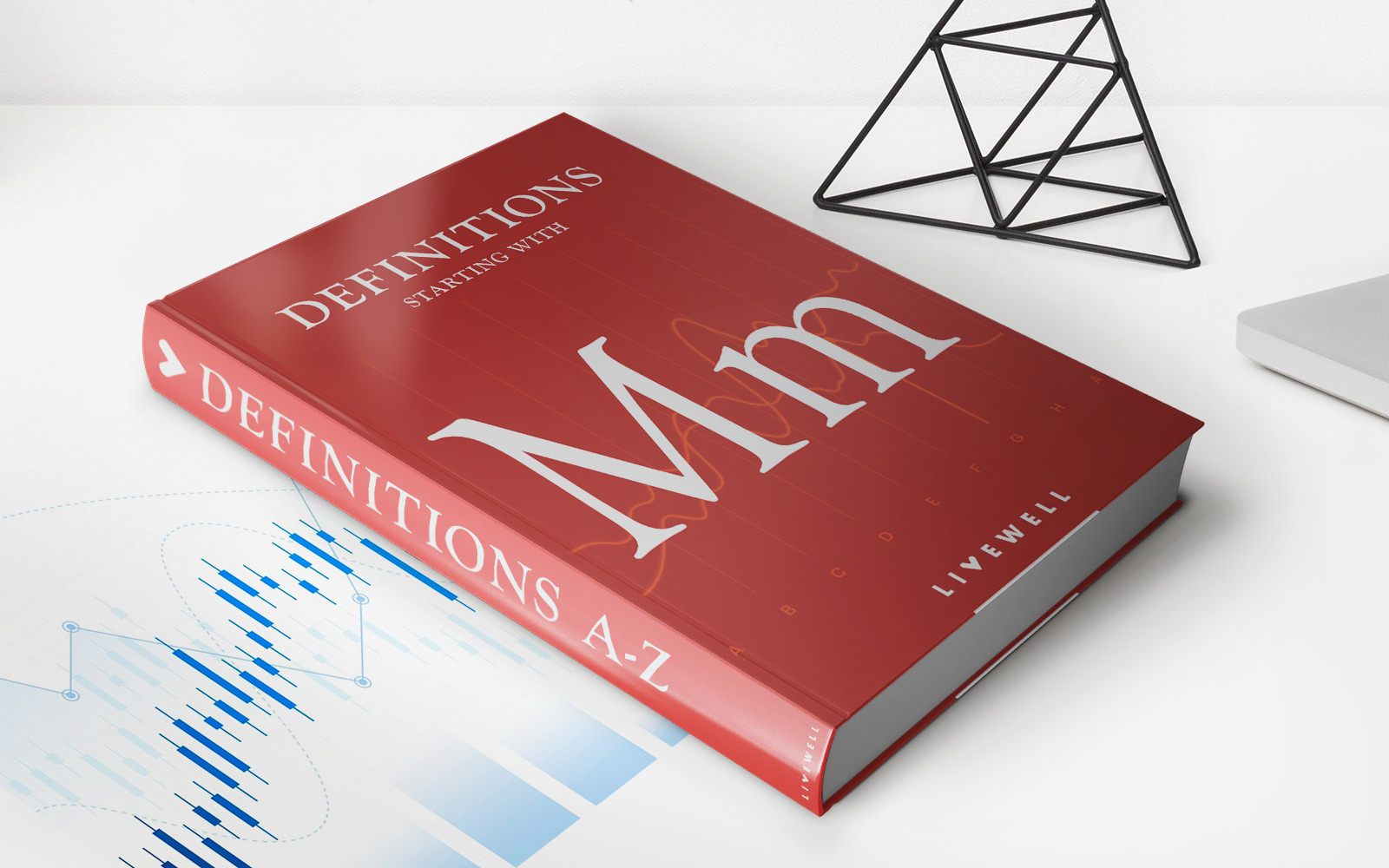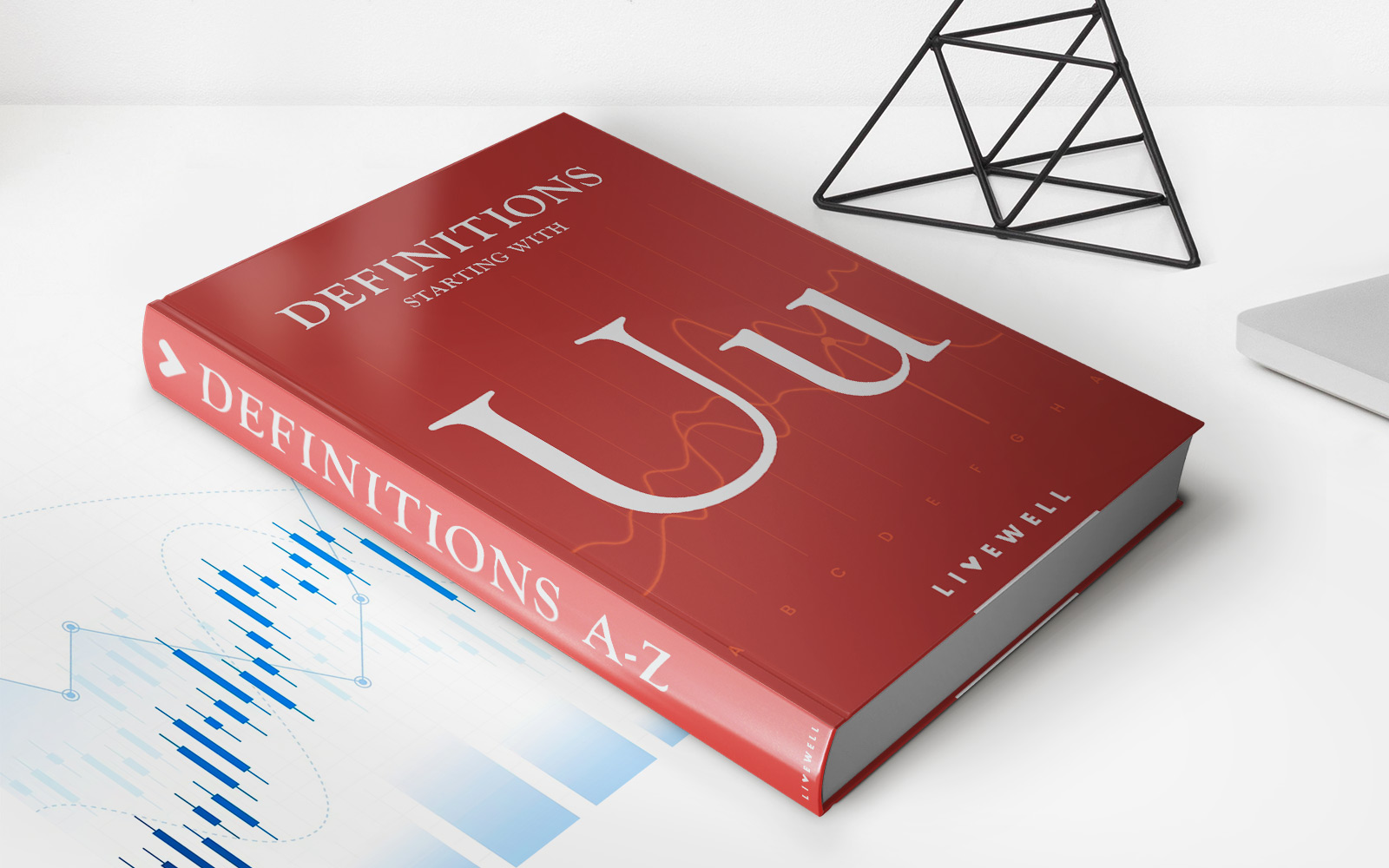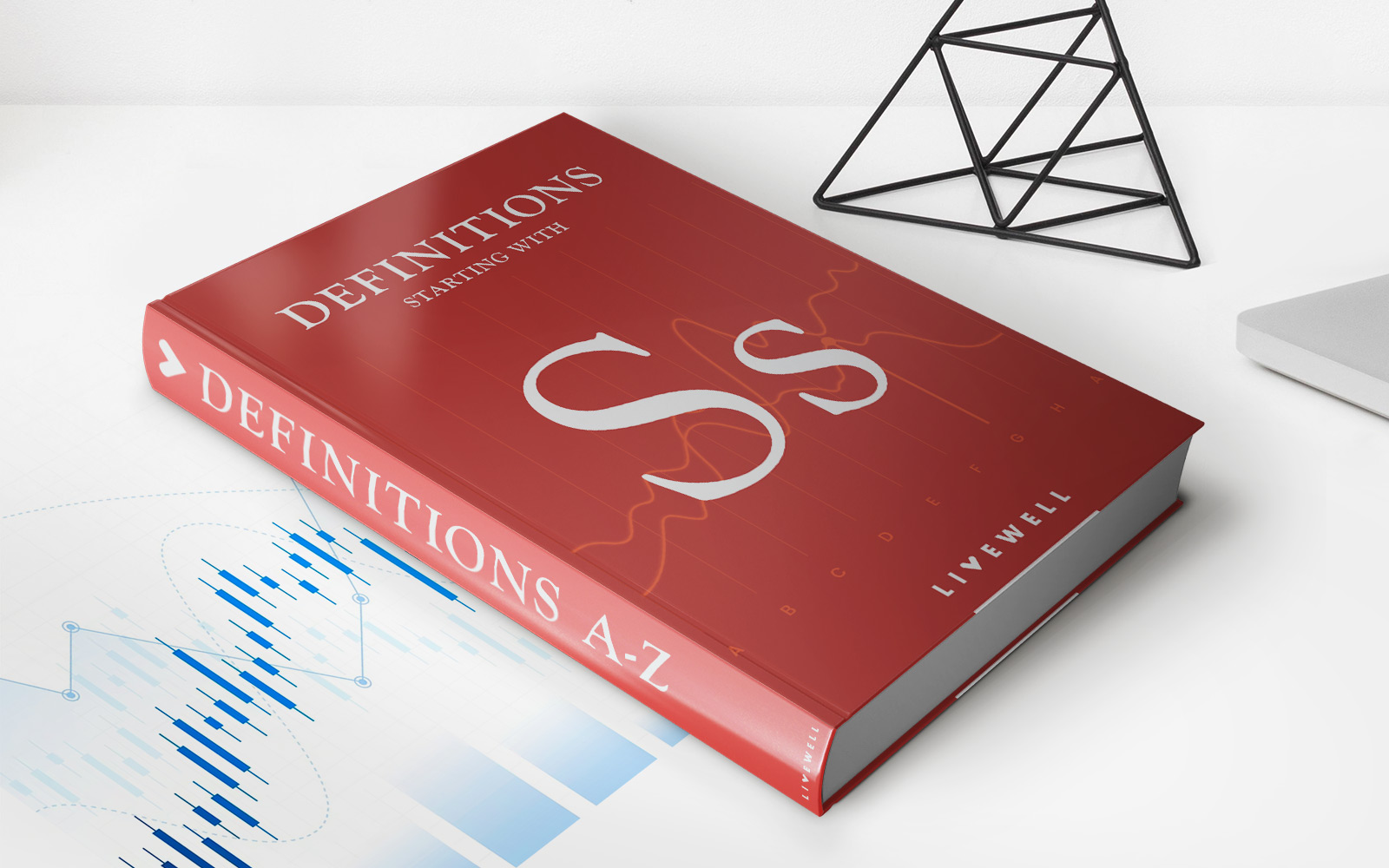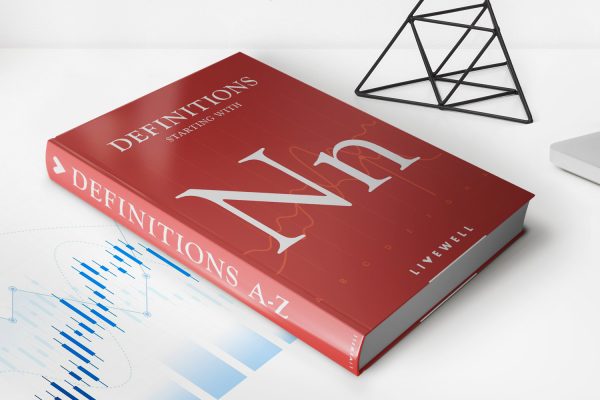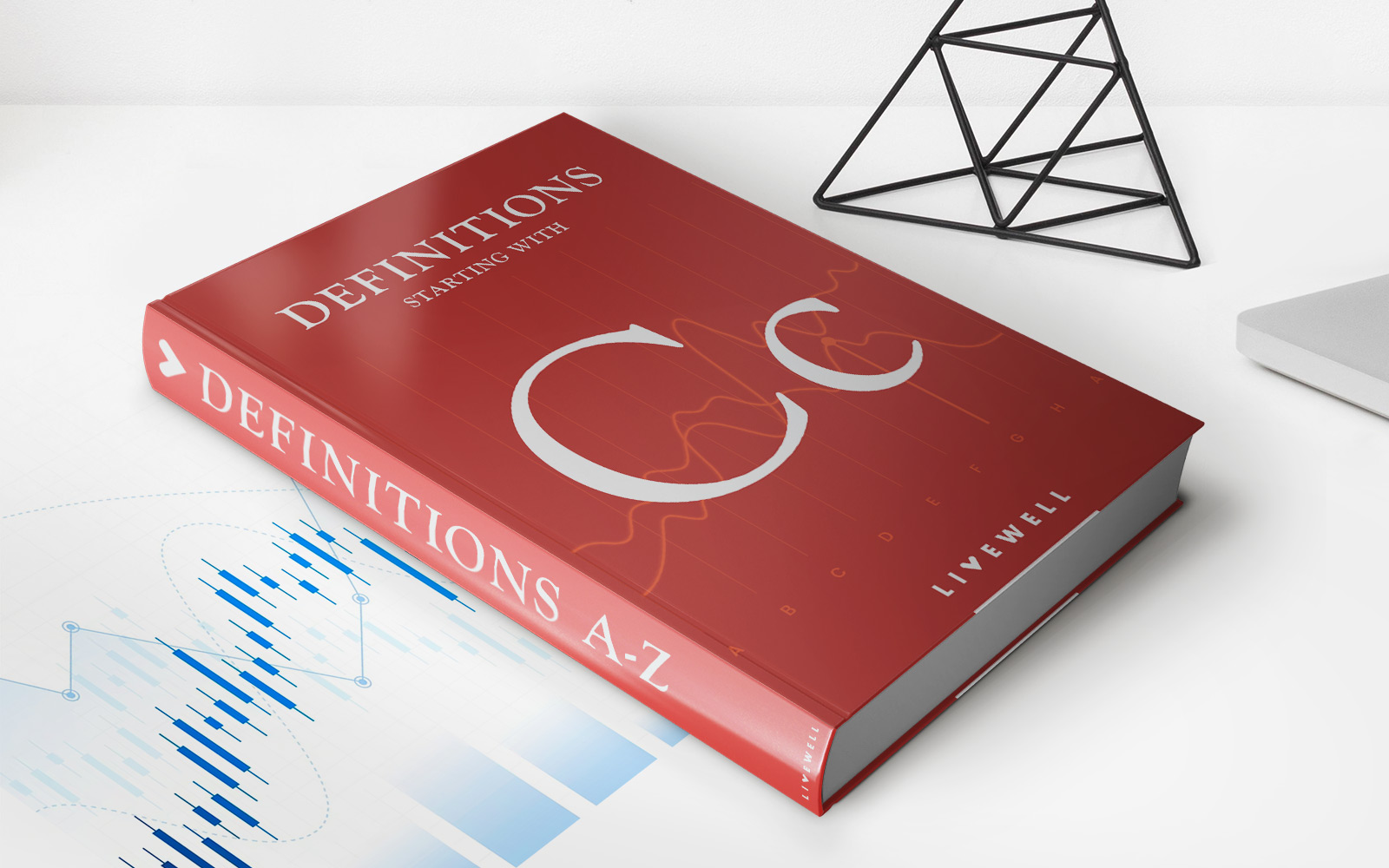Home>Finance>What Is A Buck? Definition As Money, Meaning, History, And Value

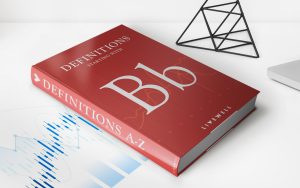
Finance
What Is A Buck? Definition As Money, Meaning, History, And Value
Published: October 19, 2023
Learn the meaning, history, and value of a buck as money in finance. Understand the definition of a buck and its relevance today.
(Many of the links in this article redirect to a specific reviewed product. Your purchase of these products through affiliate links helps to generate commission for LiveWell, at no extra cost. Learn more)
What Is a Buck? Definition as Money, Meaning, History, and Value
Welcome to our Finance category blog post, where we dive into the fascinating world of money and its various aspects. In this article, we will explore the definition of a buck, its meaning, history, and value. So, let’s get started!
Key Takeaways:
- A buck historically referred to a male deer but now predominantly signifies a dollar.
- The term’s usage as a synonym for a dollar can be traced back to the early 19th century.
The Meaning of a Buck:
A buck is a colloquial term that is commonly used to refer to a dollar. While it might seem puzzling at first, the term originally had nothing to do with currency. Instead, it historically denoted a male deer. How did this meaning evolve into representing money? Let’s take a closer look at its fascinating history.
A Brief History of the Buck:
The usage of the term “buck” to signify a dollar can be traced back to the early 19th century. During this time, deer skins were commonly used as a form of currency in many regions of North America. Due to deer skins being a common medium of exchange, the term “buck” began to be associated with money.
Over time, as barter systems evolved into more sophisticated economies, the association of “buck” with dollar gained traction and became widely recognized. Today, the term is ingrained in popular culture and has even extended to other countries, where it is also used to refer to their respective currencies.
Value of a Buck:
The value of a buck, in monetary terms, depends on the context. In the United States, a buck typically represents one dollar. Its value as a unit of currency remains unchanged, regardless of whether it is represented as a physical bill, a digital transaction, or an accounting entry. However, its purchasing power may fluctuate due to inflation, economic conditions, and other factors.
Conclusion:
So, what is a buck? Originally referring to a male deer, it has transformed into a widely recognized term for a dollar. The term’s evolution can be traced back to the usage of deer skins as a medium of exchange during the early 19th century. Today, a buck represents a unit of currency, typically corresponding to one dollar.
As you continue your journey in understanding the nuances of finance, keep in mind the multifaceted history and meanings behind everyday terms like a buck. By delving into the origins and evolutions of these concepts, you’ll gain a deeper appreciation for the intricate world of money and its impact on our lives.
